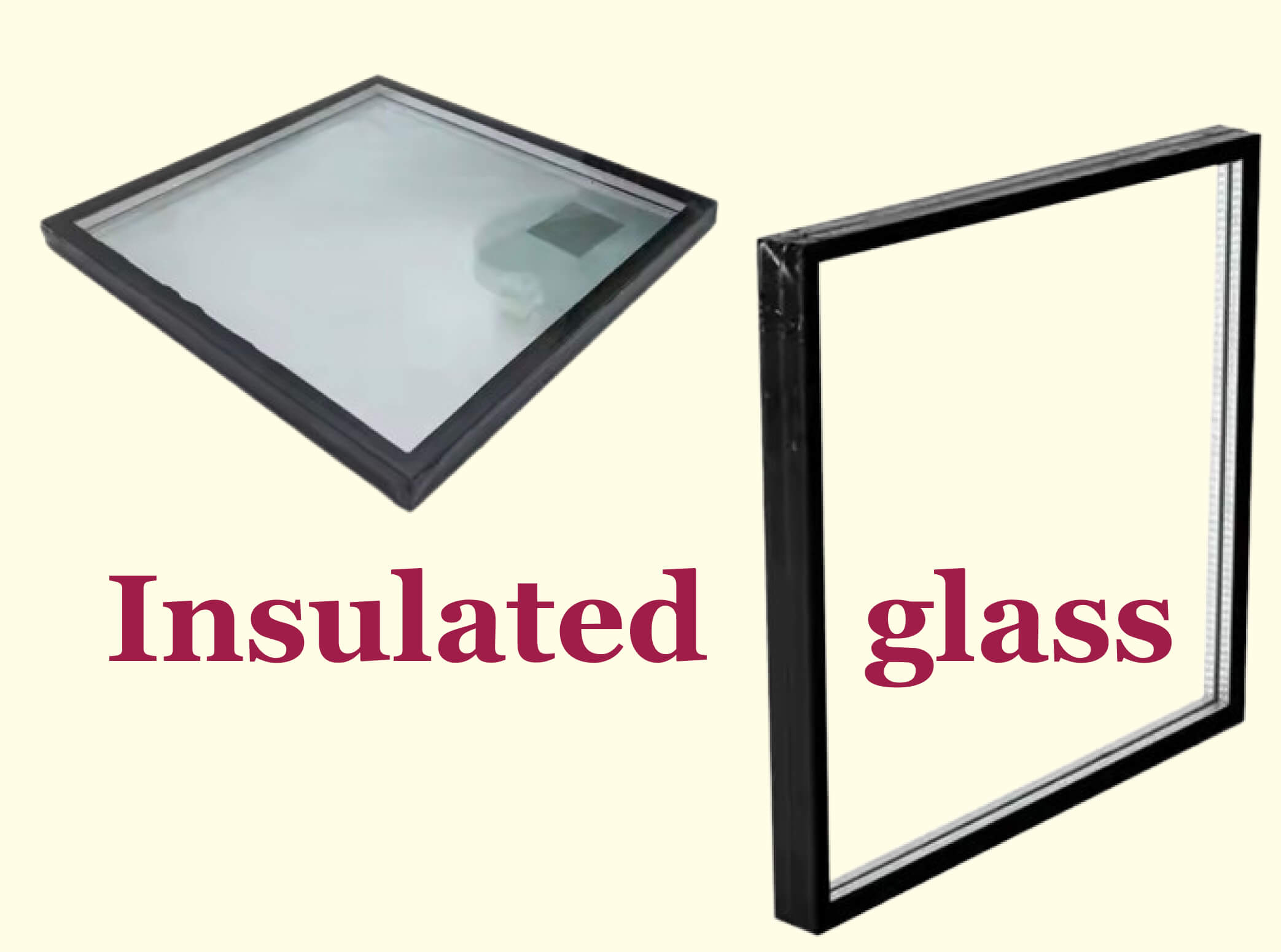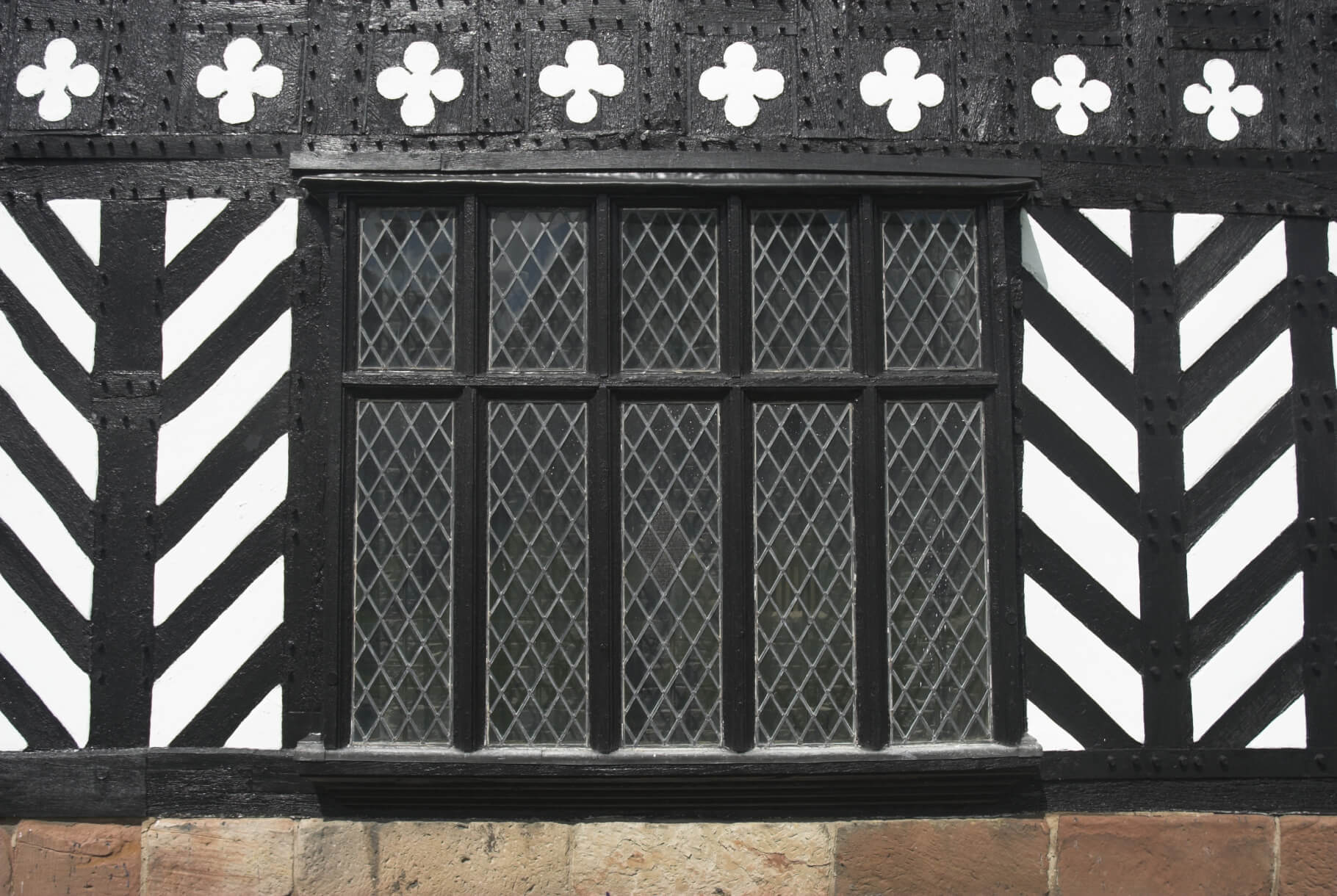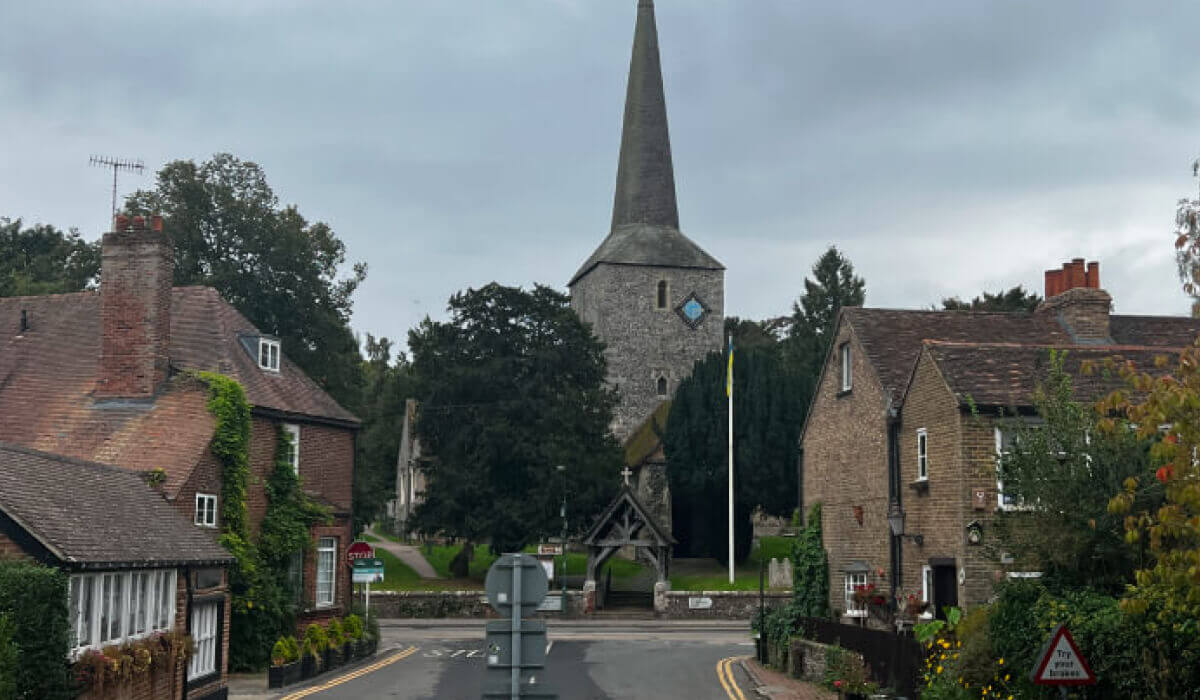Most likely you heard about secondary glazing when you were researching ways to insulate your home, eliminate noise or preserve some older windows.
Indeed it is a functional solution for specific types of windows but certainly, it is not the only way to upgrade the older or single-pane windows.
This article is all about explaining the type of windows suitable for secondary glazing, along with a new, modern seamless alternative that might save you time, money, and compromise.
Introduction to Secondary Glazing
Secondary glazing consists of the installation of a second pane of glass (or a sheet of clear durable acrylic) on the inner face of the existing glass frame. It aims at creating an insulating air layer between the original window and the second unit, thus increasing thermal efficiency and reducing noise, and, at the same time, providing the advantage of not having to change the original window entirely.
Benefits: Secondary glazing has the advantage of allowing the aesthetic preservation of the home, increased thermal and acoustic performance, and in many cases, it can be less expensive than a full window replacement.
Disadvantages: It can appear somewhat bulkier when viewed from inside, could present problems with condensation if not installed correctly, and could inhibit the operation of the primary window. Yet, secondary glazing is still a real option for many homeowners- especially if one wishes to protect particular historical or architectural features of the windows in the home.
Types of windows which can use secondary glazing
Secondary glazing is an adaptable solution that can be applied to different windows. Here is a look at various window styles that can benefit from this energy-efficient upgrade:

Types of Windows Compatible with Secondary Glazing
Secondary glazing can be effectively installed on most common window types, including:
- Sash Windows: Traditional vertical sliding windows common in period properties
- Casement Windows: Hinged windows that open outward like a door
- Bay Windows: Projecting windows that create a bay in a room
- Bow Windows: Curved bay windows forming an arc
- Fixed Windows: Non-opening windows that allow light but no ventilation
- Tilt and Turn Windows: Modern windows that can open inward in two ways
- Arched Windows: Windows with curved tops, often found in historic buildings
For listed buildings or buildings situated in conservation areas where original windows cannot be replaced, secondary glazing is especially useful when thermal and acoustic improvements are desired.
The process of installing secondary glazing depends a little on window type as different designs are used to either allow the full functioning of the original window or to offer the advantage of insulating and noise-reducing capacities.
A Smarter Alternative – Reglazing Existing Windows with Double Glazing
What if you could achieve better performance without adding layers, frames, or hassle? At Six over Six, we specialise in reglazing: replacing single panes with double-glazed units directly within your existing window frames.
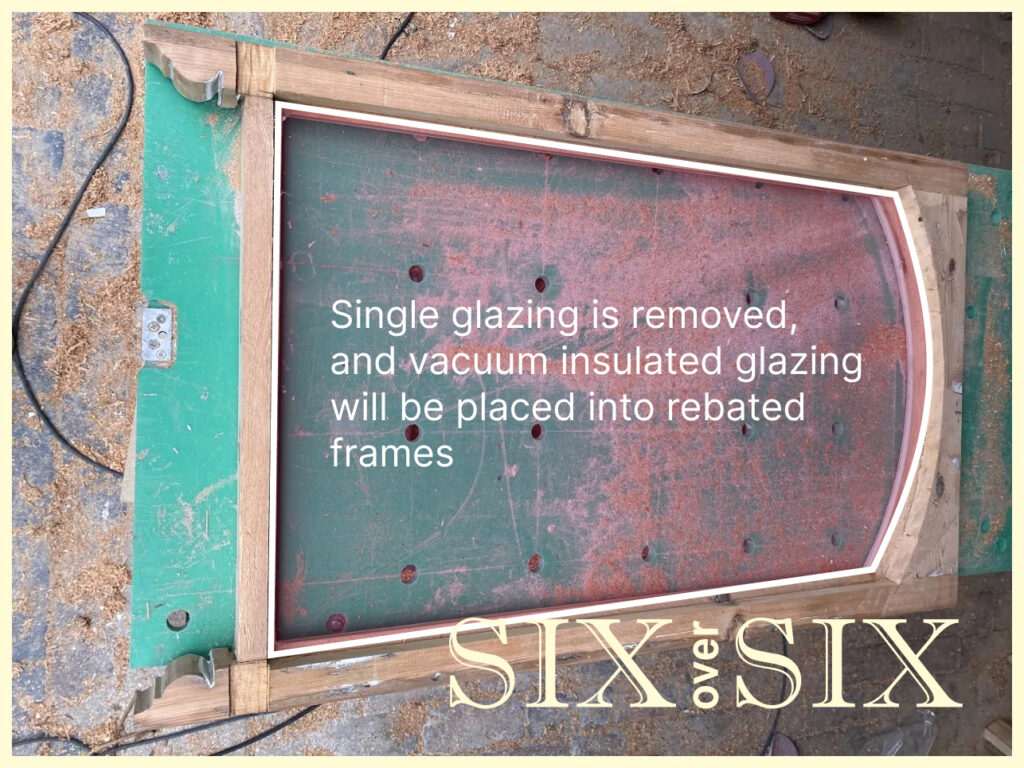

Here’s why it’s a game-changer:
1. Preserve Authenticity, Boost Efficiency
Unlike secondary glazing, reglazing upgrades your windows from within. We use ultra-slim double glazing (or even vacuum glazing for listed buildings) to retain the original look of sash, bay, or steel windows.
No extra frames, no lost light—just hidden modern performance.
2. Outperform Secondary Glazing
- Thermal Efficiency: Double glazing provides superior insulation (U-values as low as 0.5) compared to secondary glazing (~1.8).
- Condensation Control: Secondary glazing traps moisture between panes; double glazing eliminates this risk.
3. “We Can Double Glaze Any Window”
Whether you have Victorian sash, 1930s bay windows, or steel Crittall designs, our retrofit technology works with all frame materials and styles. Even in conservation areas, we comply with strict regulations by preserving original features.
4. Cost-Effective & Future-Proof
While secondary glazing requires ongoing adjustments and cleaning, reglazing is a one-time investment. It also adds value to your property—something buyers prioritise over temporary fixes.

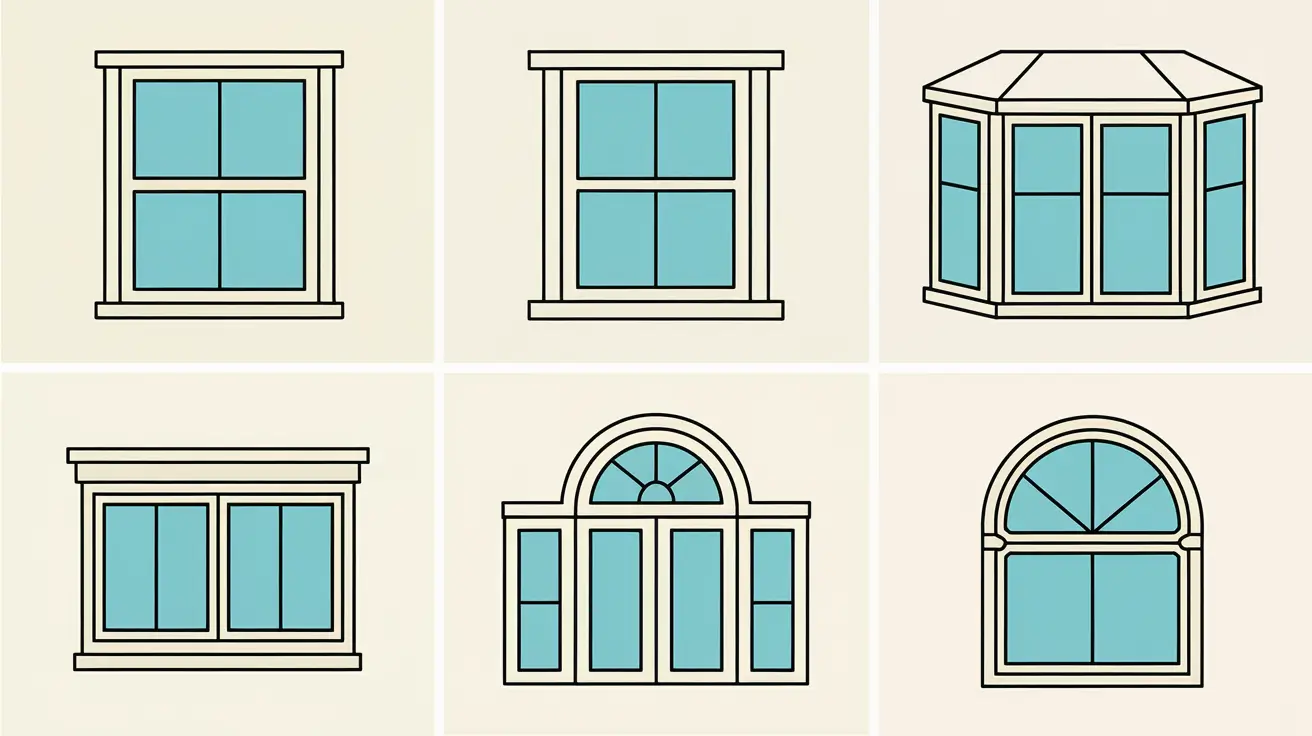
 Adam Brick
Adam Brick